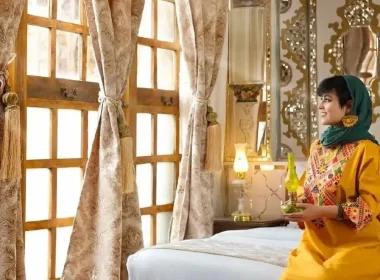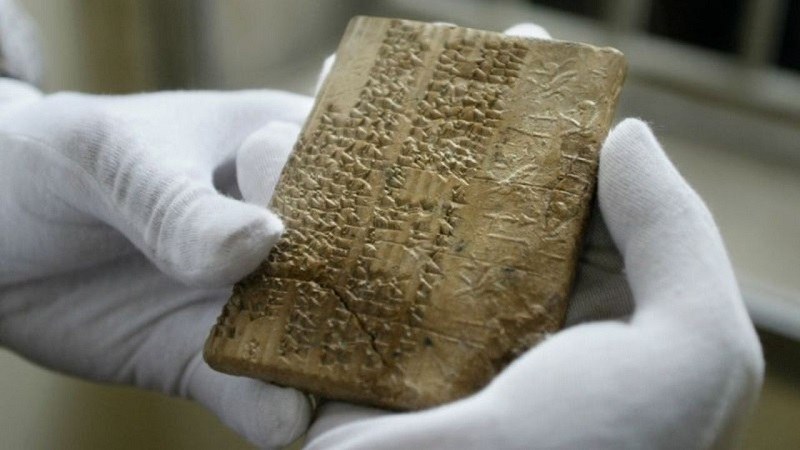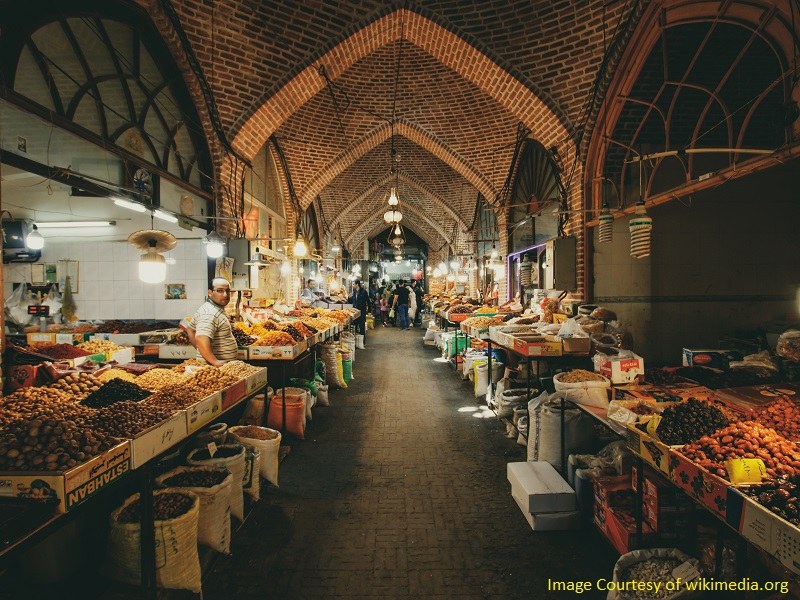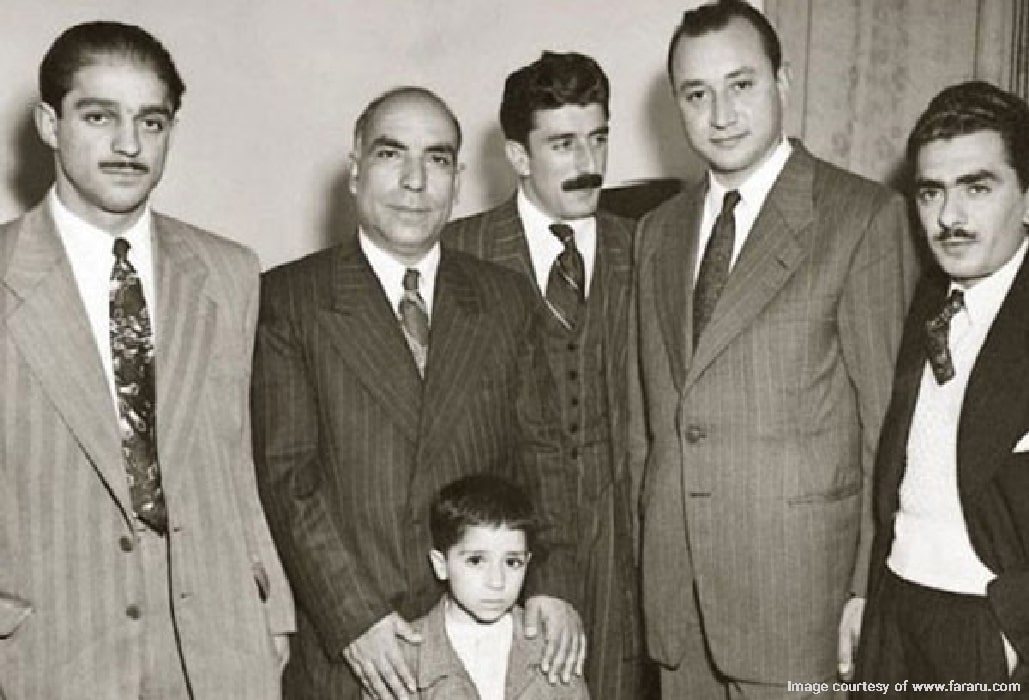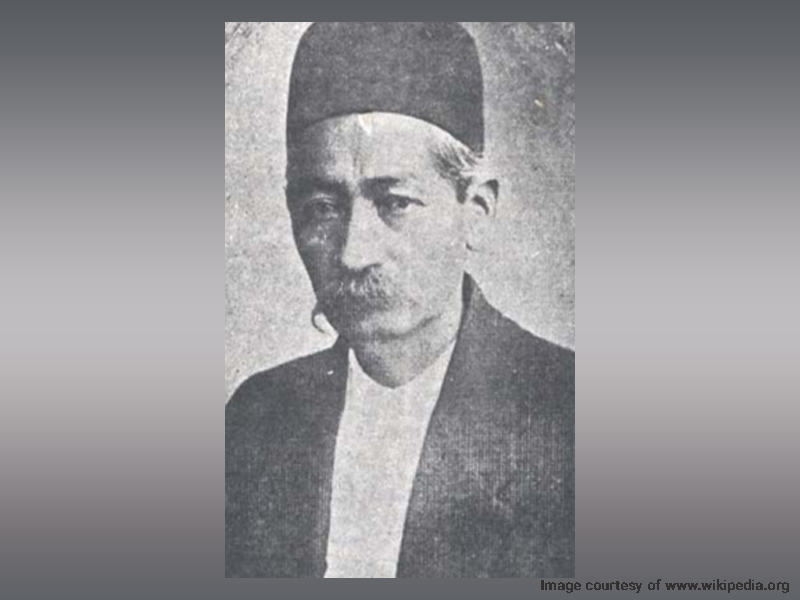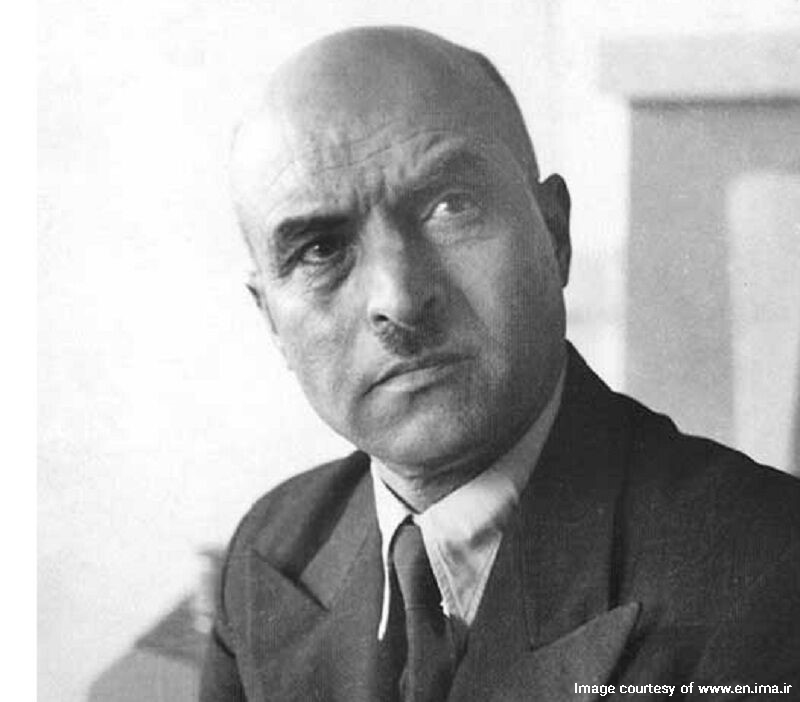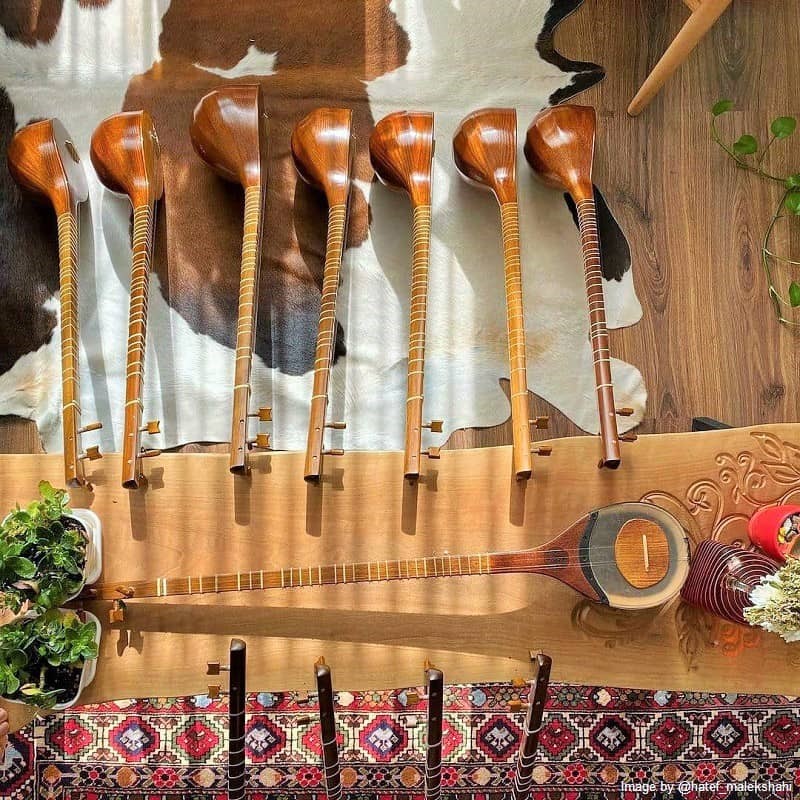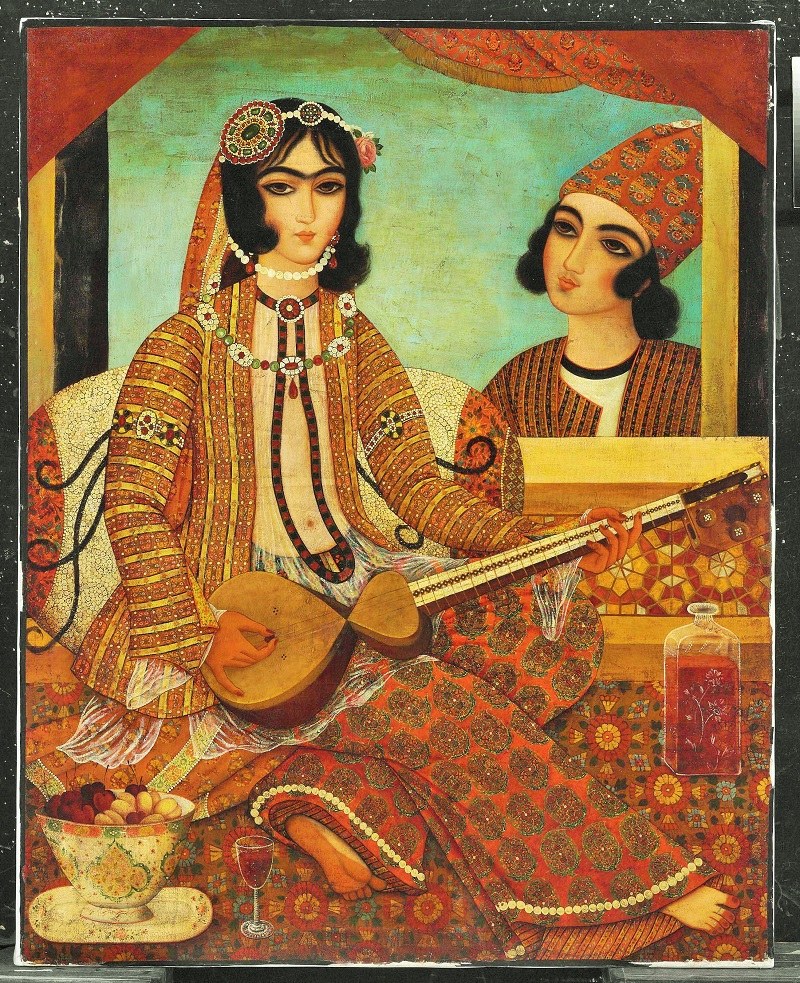
Before you learn about Dastgah and Avaz in traditional Persian music, you have to learn about the background it comes from. There are some complexes and structures in Persian music known as Dastgah.
The classification of Dastgahs dates back to approximately a hundred years ago. At first, the number of Dastgahs was 12. Then, the theorists considered 7 of the 12 of them more expansive and more independent and classified them as “Dastgah”. They categorized the other five, dependent on the other 7 Dastgahs, as a subset of main Dastgahs and called them “Avaz”.
Dastgah in Traditional Persian Music is a system similar to the Greek Systema Teleion, the musical system of ancient Greece, included Dorian, Phrygian, Lydian, Mixolydian, Syntonolydian, Ionian (Iastian).
In Western music, the piece played by an instrument or an orchestra is usually different from the vocal music. However, the vocal is the central part of the music in the Persian musical system. The earlier and later parts of the vocal (Avaz) depend on the introduction and the termination of the music.
History of Dastgah and Avaz in Traditional Persian Music
We have already gone through the history of Iranian music in detail. Before the separation of Persian music from that of the Ottoman, the master explained and taught the music according to Maqams. Maqam is the system of melodic modes used in traditional Arabic and Turkish music, which is mainly melodic. The word “Maqam” means a place, location or position in Arabic.
The beginning of the separation of Persian music from the Ottomans probably dates back to the Timurid period. In the 13th and 14th centuries, coinciding with the rule of the Ilkhanid and the Timurid dynasties in Iran, the concept of Maqam developed in Eastern Anatolian music. This music was different from the one played in Iran and Herat (current Afghanistan).
According to Raphael Georg Kiesewetter, the Austrian music historian, and musicologist, Persian musicians took large steps toward making radical changes in their music during the major music developments of their time.
Thus, the masters kept only the names of the twelve Maqams and six main Avazes and attributed Persian names or categories to all other Arabic concepts. One of the results of these developments was the emergence of musical Dastgahs as a new type of categorization of Persian musical melodies.
The word “Dastgah” became common in Persian music since the Qajar era. Iranians replaced the word Maqam by “Dastgah”. According to Mohsen Hajarian, an Iranian ethnomusicologist, the first use of the word “Dastgah”, in its present sense, dates back to the treatises of Aqa Baba Makhmour, an Iranian musician at the court of Fat’h Ali Shah Qajar.
The first written document about the categorization of Dastgahs in its current way is Bohour ol-Alhan, a book written by Forsat ol-Dowleh Shirazi. Published in Mumbai in 1904, this book listed only the Gooshehs (literally means corner, melodic developments representing the various potential dynamics of a dastgah). The book did not refer to the structure of Dastgah, nor to the musical notes of Gooshehs.
In the late Qajar era, Mirza Abdollah and Aqa Hossein Qoli, the sons of Ali Akbar Farahani, a notable and well-known Iranian musician, assembled and edited Dastgahs in a series called Radif (order). They taught Radif to the next generation of Persian musicians such as Ismail Qahremani, Nour Ali Boroumand, Darvish Khan, and Ali Naqi Vaziri.
It must be noted that Radif, literally meaning order, of Persian music refers to the arrangement of old melodic figures, songs and Iranian classical music called “Goosheh”. Radif of Persian music has played an important role in contemporary Persian traditional music culture. Its importance in the culture of the world has been to the extent that UNESCO has inscribed it as an intangible cultural heritage.
Among the musicians, Vaziri was first formally acquainted with Western music as he had studied in Germany and France. By developing the western musical notation to display the common microtones in the music of Dastgah, he notated several Gooshehs of each Dastgah and created the first written Radif for Dastgah. Since then, the musicians have compiled various versions of Radif in audio and written forms.
Etymology of Dastgah
According to most of the theorists, the term “Dastgah”, consisting of Dast (hand) + Gah (the place). It refers to the position of the hand on the neck of the instruments. However, some theorists believe that Iranians have derived the word Dastgah from Gathas, 17 Avestan hymns composed by Zoroaster.
Definition of Dastgah and Avaz in Traditional Persian Music
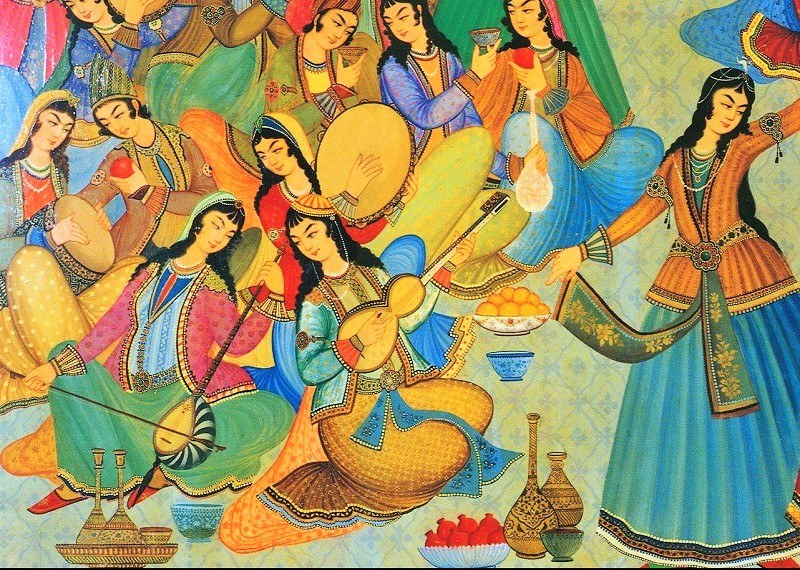
Each Dastgah in traditional Persian music is a complex of musical pieces called Goosheh (Naqmeh). Goosheh is formed in different Maqams (positions) and is interconnected according to a particular order (they are harmonic in scales, tunes, and intervals of notes). Goosheh, similar to Maqam in Arabic and Turkish music, is one of the most basic elements of Persian music identity.
Each Dastgah has a mother Maqam (mother position) that gets its name from that particular Dastgah. For example, Maqam-e Mahoor is the mother Maqam of Dastgah-e Mahoor. All Dastgahs start with a Daramad (preface ) representing the mother Maqam of Dastgah, and the Gooshehs turn back to the mother Maqam at the end of the piece, even if they are on other Maqams during the piece.
Western music has two Major and Minor scales, but Persian music, in a much wider and more varied manner, consists of 7 Dastgahs: Mahoor, Shoor, Nava, Homayoun, Seh Gah, Chahar Gah, and Rast Panjgah.
Dastgah Elements in Persian Music
In addition, in traditional Persian music, Dastgah has five elements including:
- Pish Daramad: it is a rhythmic prelude, which sets the mood.
- Chahar Mezrab: this is a piece of rhythmic music but with no singing. It literally means four (Chahar) consecutive strokes of the plectrum (Mezrab) on a string.
- Avaz: it is improvised rhythmic-free singing or vocal.
- Tasnif: it is rhythmic music accompanied by singing, an ode. It is the Persian equivalent of Ballad.
- Reng: A closing rhythmic composition, a dance tune.
Gooshehs of Dastgahs is formed in a set called Radif (means order). Usually, Dastgahs start with a Daramad (preface ) where the composer introduces the main mode of Dastgah. The next Gooshehs of Dastgah moves it usually to the lower notes, called Owj (the peak). Dastgahs will eventually fall into their original mode through other Gooshehs. This cadence is famous as Foroud in Persian.
There are some relationships between different Dastgahs. Sometimes, there are some Gooshehs on more than one Dastgah, which allows Pardehgardani (modulation) from one Dastgah to another. Although the experts believe that there are at least seven Dastgahs in Persian music, they divide Dastgahs into four or five groups in terms of intervals and musical modes, and these commonalities of intervals form the basis of the relationship between Dastgahs.
Avaz (singing or vocal) is a small Dastgah, or, alternatively, Dastgahs are the principle Avazes. Persian theorists and composers, such as Ali Naqi Vaziri, point out that Dastgahs are different from Avaz in terms of having an independent scale.
Differences between Dastgah and Avaz in Traditional Persian Music
There’s a series of differences between Dastgah and Avaz as follows:
- Avaz in traditional Persian music usually has got only one mode. In other words, all Gooshehs are located in one mode, and the modulation is limited in performing Avaz. In fact, the modulation is not considered a major component of Avaz. However, Dastgahs have several modes and modulation is the principle element of performing a Dastgah.
- Avaz is more common in folk music and Dastgah is common in official music.
- It is limited and rare to compose a piece of music without a singer in Avaz, but common in performing Dastgah.
- The vocal range of Avaz is usually less than one octave while the vocal range of Dastgahs is usually more than one octave.
Independence of Avaz from Dastgah
In the common classification of Persian music, consisting of seven Dastgahs and five or six Avazes, all the Avazes are classified as a subset and a branch of a single Dastgah. For example, Avaz-e Afshari is a branch of Dastgah-e Shoor.
One of the factors contributing to the independence of one or more Gooshehs of the Dastgah, leading to the formation of an Avaz, is the existence of Goosheh-ye Daramad (a preface Goosheh) for that Avaz.
Classification of Dastgah and Avaz in Traditional Music of Iran
Most of the current texts divide Radif of Persian music into seven Dastgahs and include several Avaz in this classification. There are at least three kinds of Avaz including:
- Avaz-e Dashti,
- Avaz-e Abu Ata, and
- Avaz-e Bayat-e Tork.
In addition, some theorists include other kinds in their lists such as:
- Avaz-e Shoushtari,
- Avaz-e Bayat-e Kord, and
- Avaz-e Bayat-e Isfahan
However, the most common classification consists of seven Dastgahs and five Avaz.
Forsat ol-Dowleh Shirazi, famous as Forsat-e Shirazi, was the first who classified the seven Dastgahs of Persian music in his book Bohour ol-Alhan while Ali Akbar Farahani and his sons classified five Avaz as the subset.
Almost all contemporary theorists consider Dastgah-e Shoor as the most important Dastgah in traditional Persian music and call it “the mother of all Dastgahs”. The reason is because several Avazes branch from Dastgah-e Shoor. In addition, the influence of Dastgah-e Shoor is evident even on other Dastgahs such as Nava and Seh Gah.
How Many Dastgahs Are There in Persian Classical Music?
There are different types of Dastgahs in Persian Classical music, which you will read below here:
Dastgah-e Homayoun
This Dastgah is a major Dastgah in Persian music with special popularity among Iranians. Homayoun is a kind of magnificent, luxurious, soothing and beautiful music. This Dastgah is royal, noble, and gracious, but people perform it for many of the usual lullabies and whispers in various regions of Iran. The melodies of this Dastgah is also used in the music of Zurkhaneh, traditional Iranian sport.
“Bidad” album of Mohammad Reza Shajarian, composed by Parviz Meshkatian, is the most famous music played in Dastgah-e Homayoun.
Dastgah-e Mahoor
This Dastgah is one of the most widely played Dastgahs in Iran. Dastgah-e Mahoor has around 50 Gooshehs in various Radifs and is often played as festive music due to its fluent melody. The intervallic structure of Mahoor corresponds partly to that of the major mode in western classical music. Mahoor induces the listener with a special dignity and graciousness. The songwriter uses this song to express courage and bravery. The rhythm of Mahoor is joyful, popular mostly among young people.
The Album “Mah-e Majles” by Abdol Hossein Mokhatabad and the song “Morgh-e Sahar” by Mohammad Reza Shajarian are the best example performed in Dastgah-e Mahoor.
Dastgah-e Seh Gah
This Dastgah is more suitable for expressing a transition from sadness into a hopeful feeling. Avaz of Dastgah-e Seh Gah is very sad and tragic. Seh Gah is more common among the Azeri people of Iran, but Persian speakers sing it differently from Azeri people. However, Seh Gah songs are sad both in Azeri and Persian languages.
It is noteworthy that there are also many joyful songs in Dastgah-e Seh Gah. “Chahar Mezrab-e Mokhalef-e Seh Gah” composed by Parviz Meshkatian is an example.
Dastgah-e Chahar Gah
Seh Gah and Chahar Gah are particularly linked. There is no such relationship between any two other Dastgahs. A musician can perform all Gooshehs of Seh Gah in Chahar Gah by changing position. Of course, Chahar Gah has some special Goosheh not performable in Seh Gah.
On the other hand, the Maqams of these two Dastgahs are so different. Chahar Gah is the major Persian Dastgah in terms of musicology. This Dastgah is a comprehensive representation of all the features and traits of Persian music.
The album “Dastan” by Mohammad Reza Shajarian, composed by Parviz Meshkatian, is the best example of music art in Dastgah-e Chahar Gah.
Dastgah-e Rast Panjgah
Musicians perform Dastgah-e Rast Panjgah less often than other Dastgahs. Some musicians believe that this Dastgah was created for training. Rast Panjgah is a mix of other Persian Maqams. Thus, a musician can generate all emotions of other Dastgahs with Dasgah-e Rast Panjgah. Rast Panjgah is a perfect Avaz (song) because it has all the features and qualities of other Avazes in traditional Iranian music.
Mohammad Reza Latifi and Mohammad Reza Shajarian have created some artistic pieces in this Dastgah including “Cheshmeh Noosh” and “Qafeleh Salar”.
Nava is another Dastgah in traditional Persian music . It is a song with a mild and moderate tone, neither too joyful nor too sad. Iranians usually played Nava at the end of a party. The artistic piece of many masters performed in this Dastgah has become one of their most enduring works.
“Chehreh beh Chehreh” music piece by Mohammad Reza Lotfi, “Ney Nava” by Hossein Alizadeh, “Nava va Markab Khani” by Parviz Meshkatian, “doud-e Oud” by Parviz Meshkatian are the best and prominent examples of this Dastgah. Usually, the musicians choose mystical poems, such as the poems of Hafiz, for performing in Dastgah-e Nava.
Dastgah-e Shoor
This Dastgah is one of the seven musical Dastgahs in traditional Persian music. Shoor is the most popular song among the Iranians. It is famous as the mother of Iranian Dastgahs. Even if a person who does not know about music, whispers a song, what he sings is considered to be a song in Datgah-e Shoor. This Dastgah has many Gooshehs.
Shoor is so extensive that it has four Avazes (Afshari, Abu Ata, Bayat-e Tork, and Dashtai) as its attachments.
“Moama-ye Hasti” performed by Mohammad Reza Shajarian, Mohammad Reza Lotfi, Abdol Naqi Afsharnia, Homayoun Shajarian is the best example of this Dastgah.


